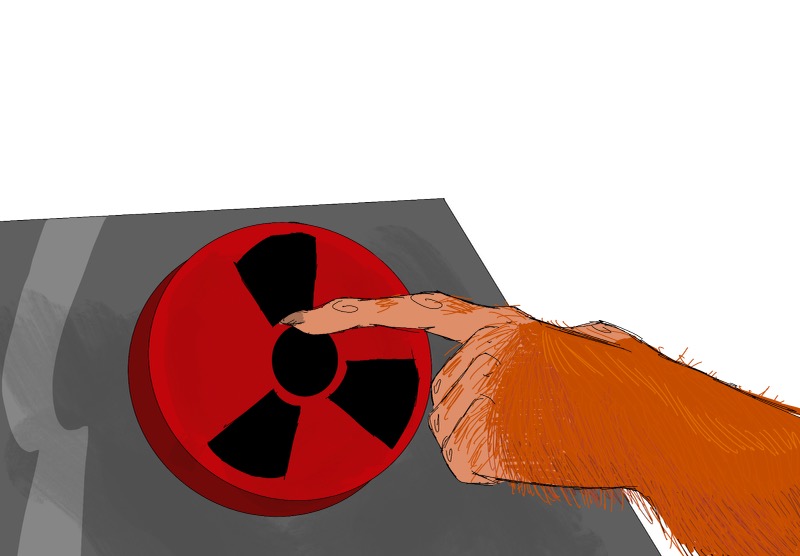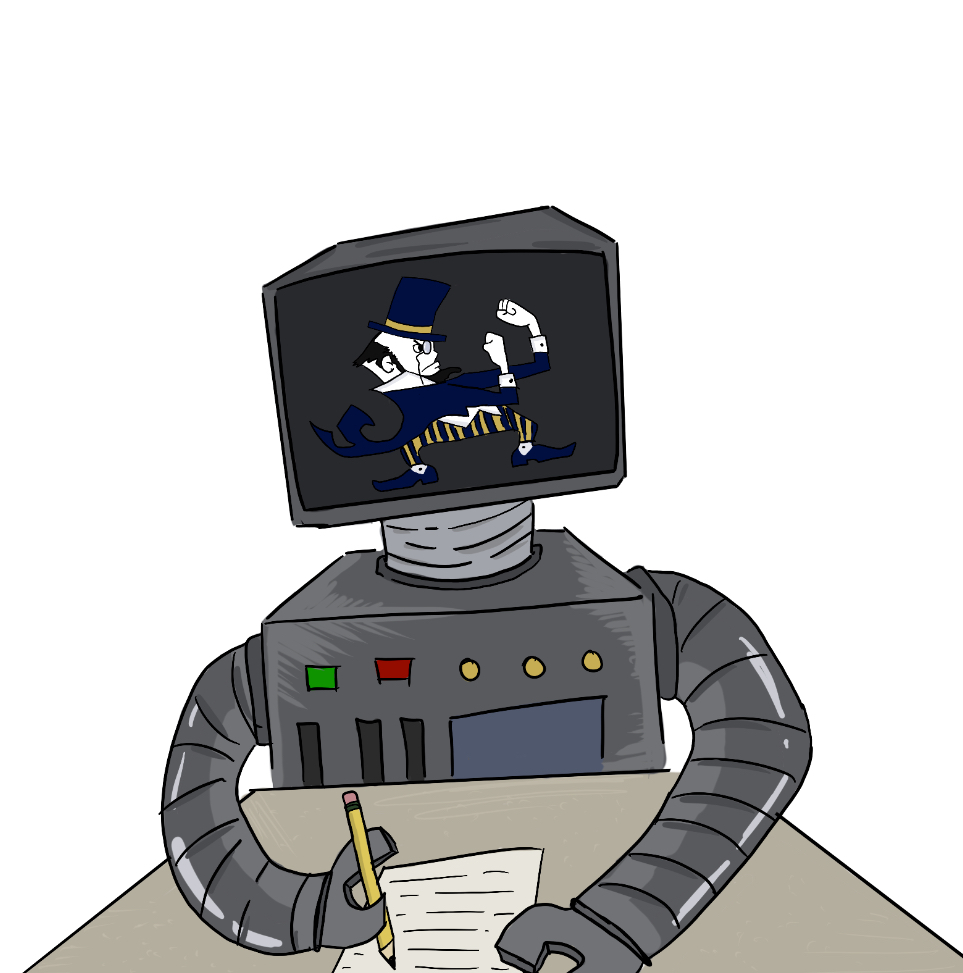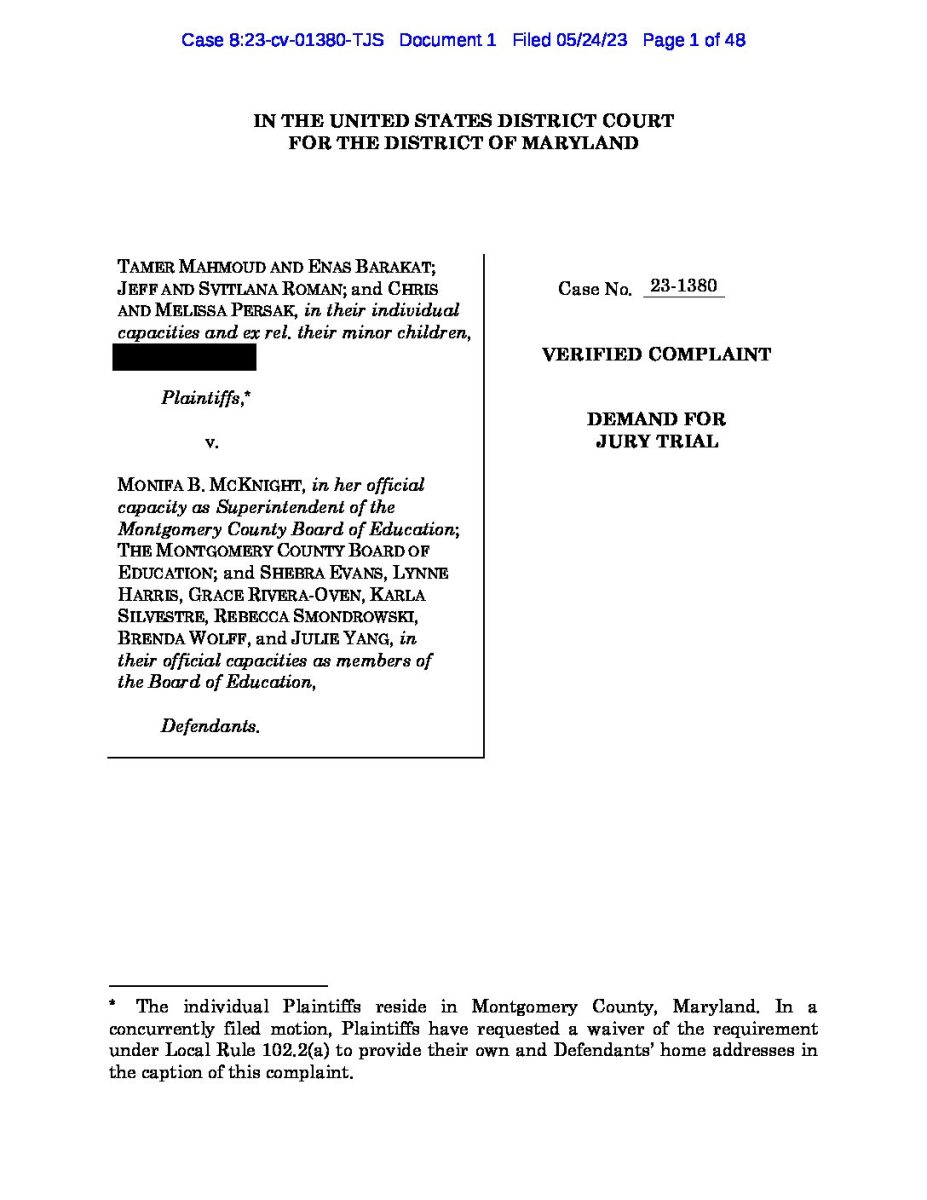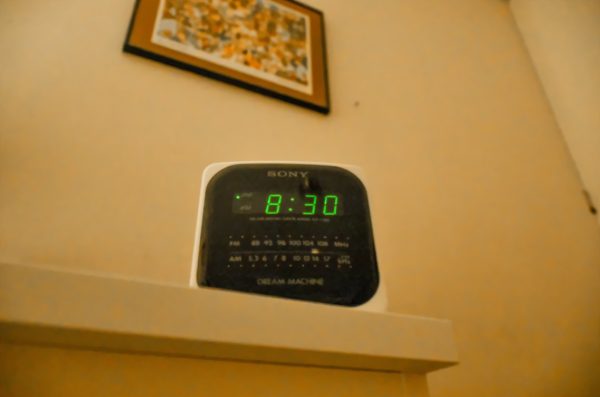Pure Ability or Ethnic History? A Look Into Why Asians Dominate STEM
“I’m so disappointed that you’re a doctor,” said no one ever. It is no secret that Asian Americans are prominent in STEM career fields. Here at B-CC, the percentage of students who are Asian in higher level STEM classes, like AP Biology and AP BC Calculus, is over double the percent of B-CC’s overall Asian population. The reasoning behind this is not simply because “Asians are better at math.” Asian American history and culture have created deeper impacts than stereotypes may lead on.
B-CC’s staff development teacher, Ms. Singhal, comes from a STEM-heavy family, as her father studied engineering. In the 1970s, her father came to the United States feeling “pressure from his parents first and foremost.” Since he came over alone, “he would have to find a way on his own…if he wanted to stay in the U.S. for his college degree.” Ms. Singhal elaborated that having “a ‘stable’ future that would allow him the money and opportunities to make a life in the U.S.” was his primary reason for pursuing engineering.
These types of stories are not uncommon among Asian American immigrants. With a large boom of Asian immigrants in the 1960s and 1970s, the emphasis on becoming financially self-sufficient was extreme. On top of this, many struggled with language barriers, unfamiliarity with cultural and career norms, and discrimination. Although these challenges still existed in STEM fields, such jobs were more reliant on skills where racism and xenophobia had a lesser impact compared to other careers. Thus, many Asians in the U.S. chose to go after STEM careers and often encouraged their children to do the same.
Junior Yuta Ono shared that the emphasis on STEM “might also relate to traditional Asian culture.” Many Asian countries have a collectivist culture, as opposed to individualist societies like the United States. This influences many Asians to prioritize community and family over personal wants. “In East Asian culture, life revolves around family relations. This means providing for your parents and your children, which also fosters a lot of pressure from your family to do well,” Yuta noticed.
For a number of Asian Americans, financially supporting and even having their elderly parents move in with them is common. Additionally, some have a responsibility to send money back to family members still in their home country. This is all on top of paying for their own bills, school tuition, and their children’s needs. “That’s why giving red envelopes,” which is an East Asian practice of giving money to young family members, “are such a big part of tradition. It’s the idea of helping your family out across generations,” Yuta stated. These principles of family obligation often push Asian Americans towards stable and possibly higher-paying careers, partly explaining the large number of Asians in STEM.
There are negative effects of the pressures to enter STEM as Asian Americans. Bound to stereotypes and expectations of being academic overachievers, many Asian American youth face immense pressure in school. “When you can’t fulfill those [expectations], it feels like you’re letting down your family and yourself,” noted Junior Rahma Wadood. Perfectionism, fear of failure, and anxiety are especially alarming. Rahma added that “burnout definitely exists, and it affects your effort in every part of life.” These consequences are not at all worth it, and in fact are largely overlooked in Asian cultures.
Asians do not have some sort of genetic advantage in science, technology, engineering, and math. Stereotypes indicating that they do invalidate the complexity of Asian American involvement in STEM fields, leading to negative mental health issues. Immigration history and cultural values not only explain the large number of Asians in STEM, but also demonstrate the uniqueness of the Asian American experience.

Hannah Yon, a B-CC junior, is a Staff Reporter specializing in opinion. She started journalism last year and is excited to write about different perspectives!


















































